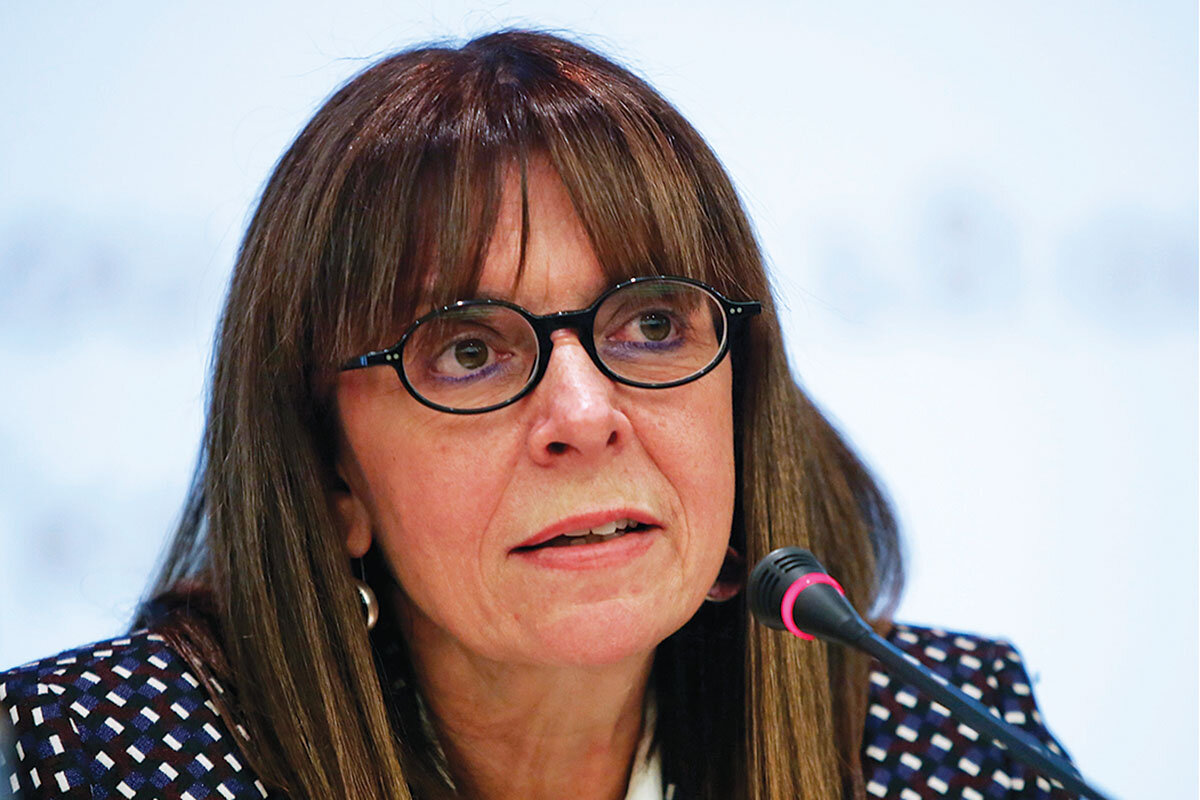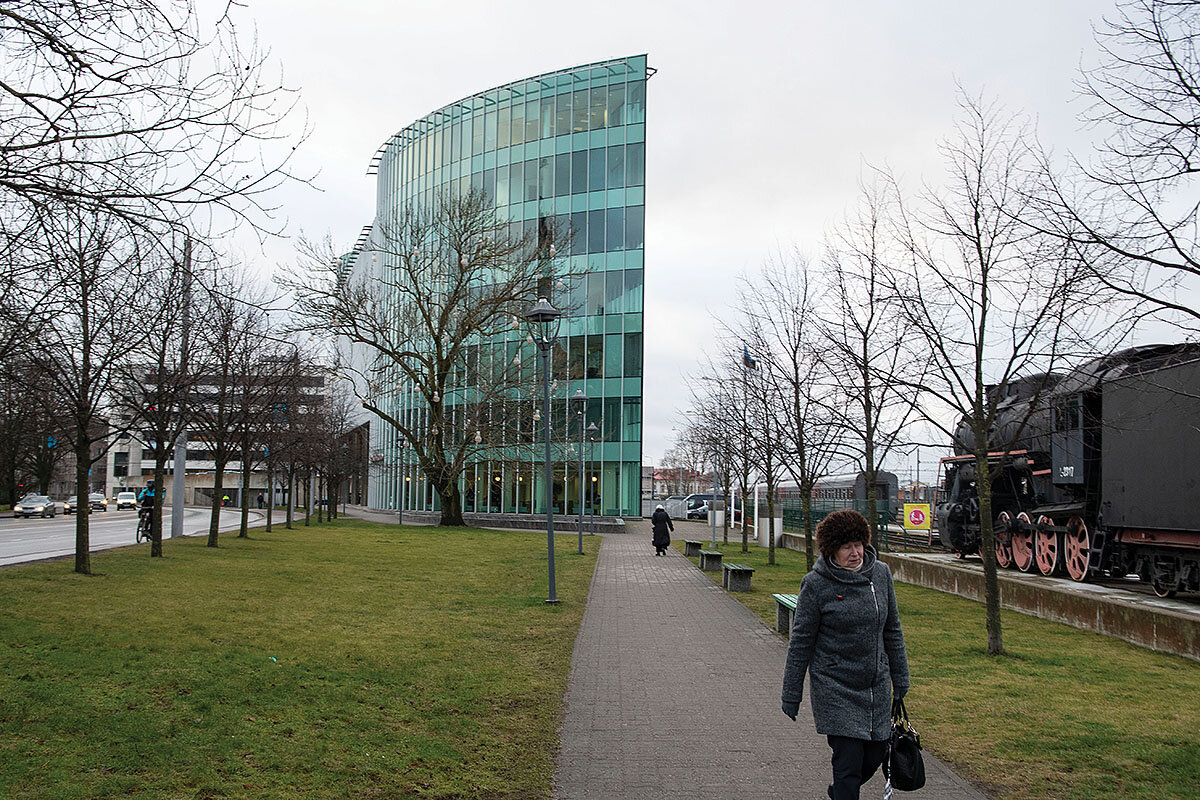Points of Progress: Gender parity in top-earning films, and more
Loading...
1. United States
To prevent their neighbors from facing foreclosure, around 450 people are going door to door in Detroit – helping more than 4,300 families keep their homes in 2018 alone. Neighbor to Neighbor, the program organizing the door-knocking, provides property tax information with a human touch for almost all of the city’s at-risk residents, who may not be aware their home could be seized because of unpaid taxes. With some of the country’s highest property taxes and lowest average property values, Detroit experiences exceptionally high rates of home loss. Since its founding in 2017, Neighbor to Neighbor has contributed to the city’s near-90% reduction in tax foreclosures since a peak in 2015. (Thomson Reuters Foundation)
2. Greece
Why We Wrote This
This is more than feel-good news. It's where the world is making concrete progress. A roundup of positive stories to inspire you.
Greece elected its first female president on Jan. 22, a sign of hope for gender equality in one of Europe’s more conservative countries. The left-leaning Katerina Sakellaropoulou, a high-court judge and human rights advocate, was confirmed by 261 out of 300 members in Greece’s parliament. Though the position is largely ceremonial, she has said environmental protection will be her main focus when she assumes the presidency in mid-March. “Today a window to the future has opened,” says Prime Minister Kyriakos Mitsotakis. “Our country enters the third decade of the 21st century with more optimism.” (The Guardian)
3. Estonia
In its five years of existence, Estonia’s e-residency program, which gives non-Estonians digital access to some of the country’s business services, has brought the state’s economy more than €31 million ($34 million) of income in the form of taxes and fees. From Seoul to St. Petersburg the program’s 60,000-plus participants have founded more than 10,000 companies. The money generated by the e-residency program directly benefits Estonian citizens, says manager Ott Vatter, funding education, culture, and social welfare programs. (The Baltic Times)
4. Pakistan
As Pakistan’s armed forces increase control over the country’s government, the national judiciary has, through a series of recent rulings, interrupted a seeming drift toward martial law. By holding former military members to account and checking recent actions by the military it deemed illegal, the court has asserted its judicial independence, which has at times been in doubt. The rulings come as Pakistan’s military extends its influence over a weak democracy, ostensibly restored to civilian rule in 2008. “The court is providing a message to the armed forces that they should remain within the four corners of the constitution,” says Rasheed Rizvi, former president of the Supreme Court Bar Association. (The Wall Street Journal)
5. Japan
The United Nations’ Food and Agriculture Organization has agreed to use data from a powerful Japanese radar system to more closely monitor and protect forests and train governments to do the same. No matter the weather, the radar can track forests around the world 24 hours a day, allowing the FAO to easily detect deforestation and fire hazards. This improved ability will enable the U.N. agency to enhance the monitoring capabilities of countries with large forests, such as Indonesia and Congo, increasing their chances of attracting funding to support further conservation efforts. (Thomson Reuters Foundation)
Worldwide
After rising almost 10% from 2018 to 2019, the share of top grossing films featuring female protagonists is now almost the same as those with male protagonists, according to research from the Center for the Study of Women in Television and Film. In 2019, films with female protagonists made up 40% of the total number, whereas those with male protagonists and ensemble casts accounted for 43% and 17% respectively. The relative parity of the percentages suggests major gains for women in the film industry, especially since the share of female leads is a recent high. Meanwhile, the total percentage of women as major characters and speaking characters remained relatively stable, with each under 40%. (Center for the Study of Women in Television and Film)











